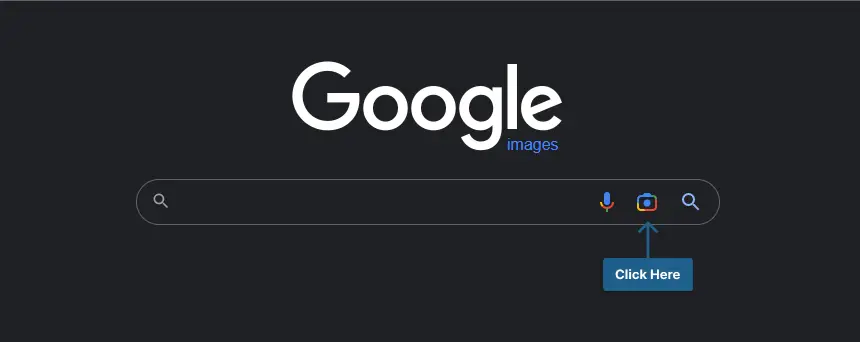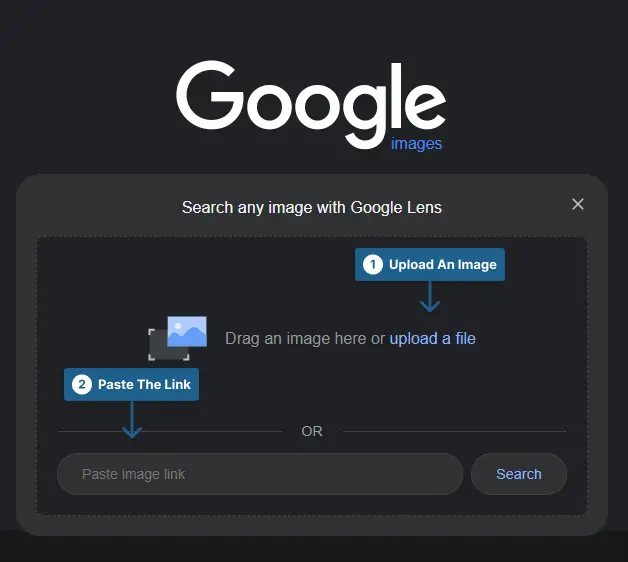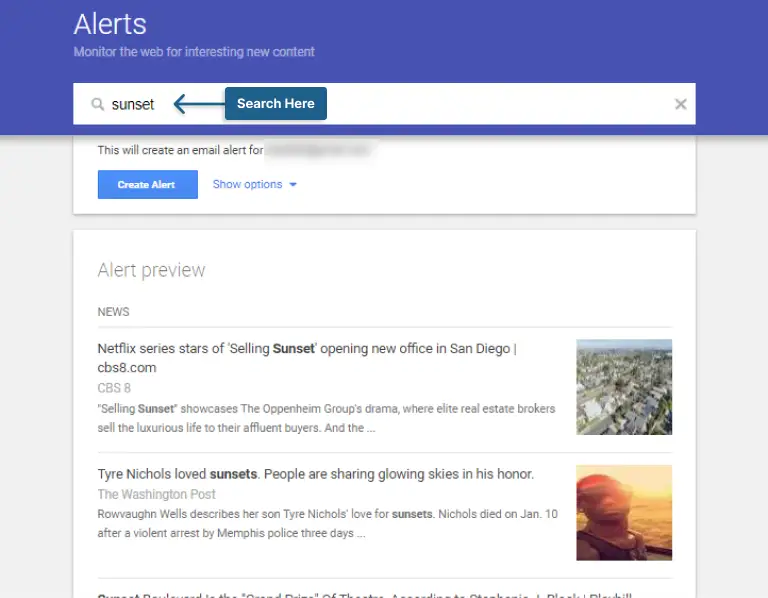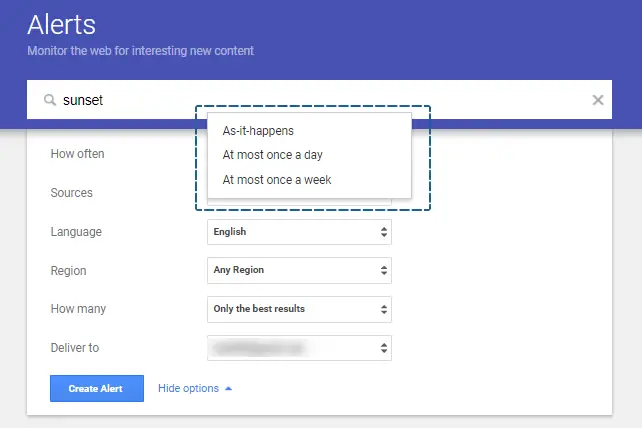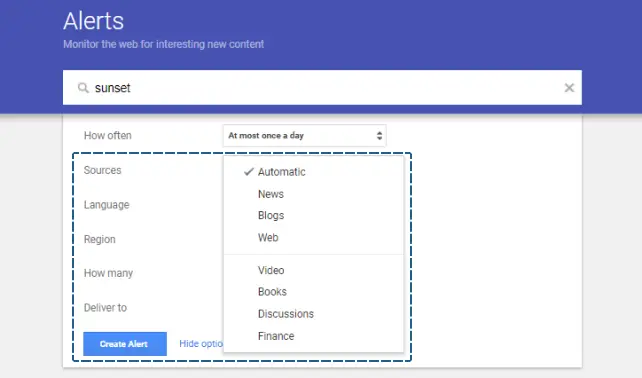Are you worried about your images being stolen online and would like to learn how to track down stolen images and protect your online assets?
According to a recent study, up to 37% of online pictures lack proper credit or creator permission.
This is not only unfair, but it may also result in financial losses for you since other websites may be making money off of your images while you receive nothing in return.
You’ll learn about reverse image search tools, watermarking techniques, and more in this post as I share some of the best techniques for locating stolen images online and safeguarding your online assets.
With the right tools and strategies, you can ensure that you’re in control of your images, credited, and compensated properly.
What is Finding Stolen Images Online?
Finding stolen images online is the process of locating and identifying images that have been taken without permission from an original source. This can be done through reverse image searches, image metadata searches, or by searching for known keywords associated with certain images.
By doing this, you can help protect both yourself and other creators from potential copyright infringement.
How to protect Images from Images Theft?
The simplest way to secure the images on your website is by using a WordPress plugin, and more sophisticated plugins can shield your website’s assets and thwart image piracy.
There are many advanced thieves and bots that can’t be stopped with standard protections, and you need a professional plugin to prevent them from stealing your content.
I advise you to use WPShield Content Protector to secure the images on your website.
Photo theft is very common on the internet; in fact, image theft statistics show that 85 percent of shared images are stolen or unlicensed. It is around 2.5 billion stolen images daily!
If you are a photographer or earn money from photos on your website, you need to prevent image theft on your website or you will lose all your revenue.
Hotlinking is a technique that thieves employ to display your image on their own website with its link.
Your assets and server resources are being misused when someone hotlinks your images without your consent.
Image hotlinking can decrease your website’s speed and performance. You need to disable image hotlinking and prevent image loading outside of your website.
Although you might disable right-click for your images to protect them, unauthorized users can still access your images from their links, so building a secure source code is a good idea
Some hackers can even use your website’s source code to find possible vulnerabilities on your website and hack it. WPShield Content Protector can help you disable inspect elements and view source code.
As much as protection evolves, thieves find more ways to steal content. So there is no way to secure photos for 100%. This is why you need to watermark your photos.
Watermarks on images can help you establish your ownership of your photos; Using a watermark can decrease image theft on your website.
WPShield Content Protector can help you secure and protect your website’s content including images every step of the way.
How To Find Stolen Images Online (3 Methods)
There will always be a way for someone to steal your photos, no matter how well you secure them, so you need to make sure they aren’t being used inadvertently.
If some websites are using illegal images routinely, you can usually get them removed by asking.
Using a stolen photo checker, you can find the photos that have been stolen and take action.
Method 1: Reverse image search with Google
Find stolen images online quickly and easily by using Google’s reverse image search.
To locate copies of the original image, use the image as your search query and look online.
Here’s how you can do it:
Step 1: Go to images.google.com in your browser.
Step 2: In the search bar on the right side, click the camera.
Step 3: Paste the image URL or drag it from your computer and upload it.
Step 4: Click search by image.
You can check on Google if other websites use the same picture.
Identify the sites and ask the owners to take your content down.
Note that Google’s algorithm, which uses image recognition technology, can be fooled by slight changes in the image, such as cropping or changing the color; However, reverse image search is still a useful tool to have in your toolbox when trying to find stolen images.
Method 2: Search Yourself to Find Images
You should at the very least periodically google your name to see if it comes up alongside any of your published work.
In this way, you can discover instances where your images have been used without your consent despite the fact that they have given you credit.
It might be a violation of your copyright depending on the license you granted, so be sure to take care of it.
- Search for “name”; the quotation marks will restrict the search to precise mentions of your full name or any other name you use as a creator.
- If they call you a photographer or the owner of a photography business, do a search for “name” and “photography.
- Search for “name” and “specific theme of the picture”. for example, search “name” and “Eiffel Tower” to find the photo you took of the Eiffel Tower.
Method 3: Set up a Google alert
Here’s a step-by-step tutorial on how to find stolen images online; setting up a Google alert can make the process much simpler.
To use Google as your image tracking system, do this:
Step 1: Go to google.com/alerts in your web browser.
Step 2: Enter the search terms that most accurately describe the image you’re looking for in the “Create an alert about” box.
Use keywords like “beach,” “sunset,” and “ocean” for example, if the image is of a sunset over a beach.
Step 3: Select the frequency of your alerts by selecting “as-it-happens,” “once a day,” or “once a week” in the “Deliver to” box.
Step 4: Determine where in The Source to look for the image.
Step 5: Click the Create Alert button.
Once an image is uploaded using your keywords, you’ll get an alert.
The minute you realize your image has been stolen, you can take any legal action you want.
What should you do if images on your website are stolen?
Although learning that your images have been stolen is very upsetting, there are some things you can do to address the situation and get your assets back.
First, try to find the image on the internet using reverse image searches tools like Google Images or TinEye. These tools allow you to upload an image or enter the image’s URL and search for other instances of that image on the web.
Take a screenshot of the page where the stolen image is located once you’ve found it, and save the URL for later reference.
Tell the website owner or administrator that the image has been stolen, and let them know you didn’t give consent to use it. Provide the URL and screenshot of the stolen image. They might not be aware of the situation and will probably take down the image.
You can file a Digital Millennium Copyright Act (DMCA) complaint with the hosting company of the website where the image is appearing if the website owner or administrator doesn’t respond or doesn’t take action. The hosting company will then, if necessary, take down the image or the entire website.
It’s not foolproof, but adding a watermark to your images can help discourage would-be image thieves and make them more difficult to steal in the future.
Conclusion
We covered reverse image searches, tracking image sources, protecting your images, and how watermarks and licenses can help in this post.
One practical solution for protecting your images is to use the WPShield Content Protector plugin on WordPress. This plugin offers unique features to disable right-clicking and protect your images from being used illegally.
Thank you for reading this article till the end. Please let me know in the comments if you have any experience with finding stolen images or if your images have ever been used without permission.
Please follow BetterStudio on Facebook and Twitter if you want to be the first to know about our new content and to stay informed on the latest tips and tricks for protecting your images online.




